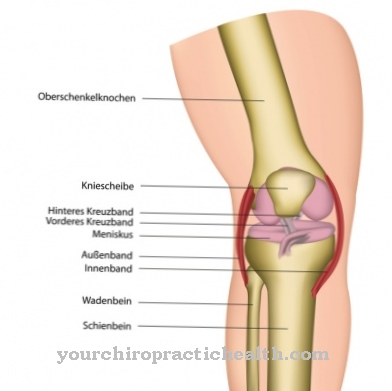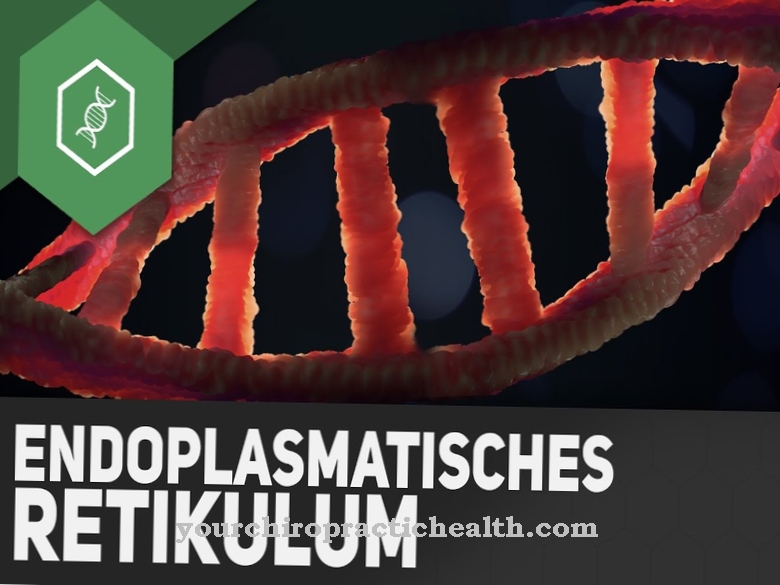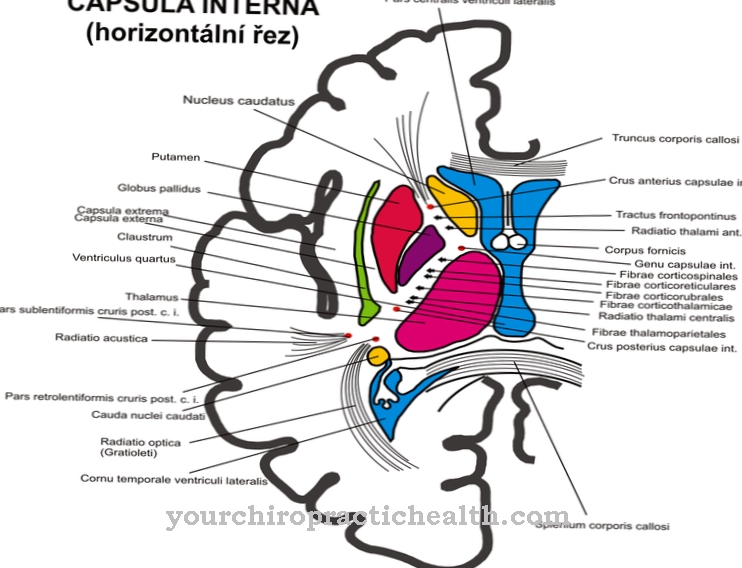Under the term Cytokines a very differentiated group of peptides and proteins is summarized which, as messenger substances, have a significant influence on immune reactions by cells of the innate and adaptive immune system.
The cytokines include interleukins, interferons, tumor necrosis factors and other polypeptides or proteins. Cytokines are mostly - but not exclusively - formed by cells of the immune system and dock on special receptors of the various cells of the immune system in order to achieve the necessary activation of the target cells.
What are cytokines?
The human immune system consists mainly of two components, the non-specific, genetically fixed system and the adaptive, acquired, immune defense.
The genetically engineered component of the immune system can respond within minutes. This also includes, for example, inflammatory reactions and phagocytosis. Adaptive immune defense is much slower in its immune responses, but its advantage is that it can adapt to challenges posed by new pathogens to which the innate immune system has no answer. The cells of both parts of the immune system must - comparable to police tasks - react quickly and appropriately to unforeseen situations by killing pathogenic germs or by breaking down harmful substances.
The necessary control of the immune cells involved is taken over by cytokines, which are usually released by the immune cells themselves. These are proteins or polypeptides that bind to specific receptors in the target cells as messenger substances. The cytokines do not have to enter the target cell in order to induce the cell to respond as required. The “message” of a cytokine can contain, for example, the stimulation of reproduction through division, of proliferation, or the instruction to differentiate into an active stage.
Anatomy & structure
Immune responses are very differentiated and complex, so that the control of the immune system, analogously, must consist of differentiated messages or instructions.
Since each messenger substance can only transmit one specific instruction to specified target cells, the number of known messenger substances that are counted among the cytokines is very large. Five different groups of substances make up the class of cytokines. These are interferons (IFN), interleukins (IL), colony-stimulating factors (CSF), tumor necrosis factors (TNF) and chemokines.
Interferons, interleukins and substances that are counted among the colony-stimulating factors are mostly relatively short-chain proteins or polypeptides that are formed from around one hundred to six hundred amino acids. The group of chemokines is made up of even shorter-chain proteins with fewer than 100 to a maximum of 125 amino acids, so that almost all of them are polypeptides. A common property of the cytokines is that they do not have to penetrate the cell to be stimulated, but that they only dock on special receptors protruding from the cell membrane in order to be effective.
Function & tasks
The individual substances that belong to one of the cytokine groups have different functions and tasks. However, all activities can be related to the control and influencing of the inherited and the acquired immune system. Interferons are mainly released by leukocytes such as macrophages and monocytes. They stimulate cells to produce special proteins that have antiviral and anti-tumor properties and thus have an immune-stimulating effect.
Interleukins enable white blood cells (leukocytes) to communicate with one another in order to control concentrated defense and inflammatory reactions together with the tumor necrosis factor alpha. This also includes systemic effects such as triggering fever and increases in permeability, which in some cases can also lead to dangerous conditions if blood can penetrate the tissue due to increased permeability of the blood vessels. Colony stimulating factors include white and red blood cell growth factors. Substances like erythropoietin (EPO), also known as a prohibited doping agent, and thrombopoietin are among them.
Tumor necrosis factor is a multifunctional messenger substance that is mainly released by macrophages. TNF can control the activities of various immune cells. TNF can, for example, initiate apoptosis (cell death), but it can also induce cell proliferation, cell differentiation and the release of further cytokines. Chemokines consist of small signal proteins that can cause cells to migrate towards the highest concentration of chemokines. Such migrations can be seen at local inflammation sites with an accumulation of certain immune cells.
You can find your medication here
➔ Medicines to strengthen the defense and immune systemDiseases
The very differentiated and complex control by cytokines suggests that there may also be incorrect reactions with effects on the immune system. The immune responses can, for example, be too weak or too strong, or else misdirected.
The disorders of the immune system can occur endogenously, i.e. without any recognizable external influence or due to the effects of pathogenic germs or toxic substances. Typical overreactions of the immune system with mild to severe health impairments are allergic reactions. A special form of an allergic immune response is the anaphylactic shock, which can expand in a very short time from a local immune reaction to a systemic reaction with a life-threatening condition due to the release of large amounts of inflammatory messenger substances .
Just as well known as allergic overreactions of the immune system are misdirected autoimmune reactions that are directed against the body's own tissue because the tissue cells cannot “identify” themselves properly and are therefore viewed as foreign or because cytokines cannot classify the cells as endogenous due to their own malfunctions. Typical and relatively common autoimmune diseases are polyarthritis and rheumatoid arthritis. There is an increased accumulation of interleukin-1 in the joints, so that cartilage substance is broken down more than it is built up.
Similar processes can take place in the bones if the degrading osteoclasts are increasingly activated without the bone-building osteoblasts being able to compensate for the degradation. An example of misdirected immune reactions caused by pathogenic germs is the acquired immunodeficiency AIDS, which is triggered by the HIV virus via attack on the T helper cells.
























.jpg)



